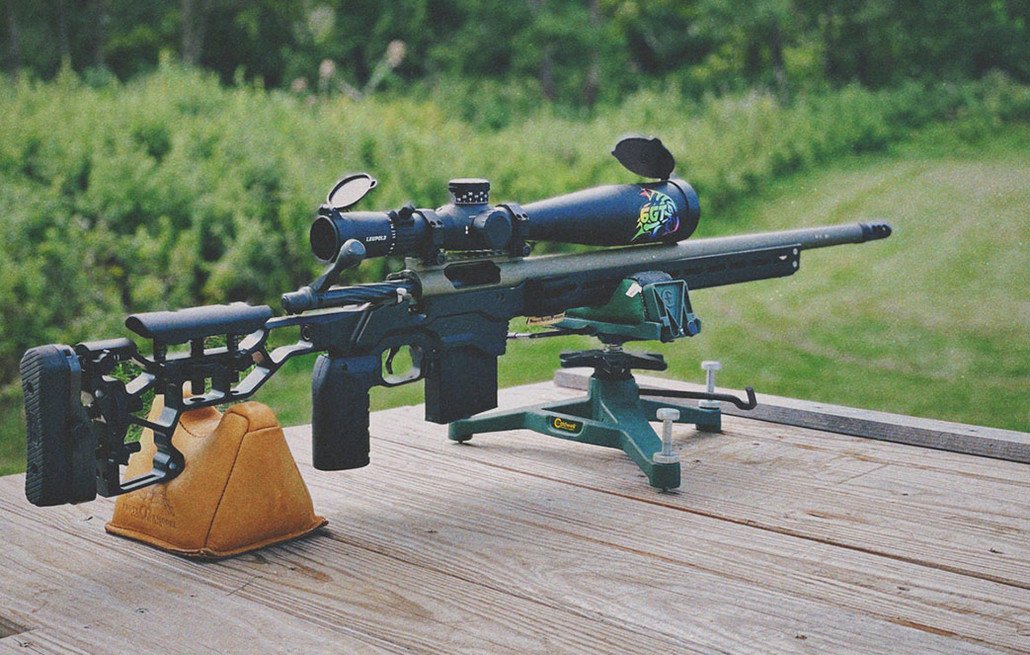Understanding the Compatibility of 0.68 Firing Pins with the 6GT Cartridge

In the world of firearms and ammunition, precision and compatibility are crucial for optimal performance and safety. One of the critical components in this regard is the firing pin, which plays a vital role in the ignition of the cartridge. For enthusiasts and professionals working with the 6GT cartridge, understanding the compatibility of different firing pins, particularly the 0.68 firing pin, is essential. This article explores whether a 0.68 firing pin is suitable for use with the 6GT cartridge, discussing key factors such as design considerations, performance implications, and best practices.
Table of Contents
ToggleWhat is the 6GT Cartridge?
The 6GT, or 6mm GT, is a relatively new addition to the array of 6mm cartridges, designed primarily for precision shooting and competitive shooting disciplines. Developed by George Gardner of G.A. Precision, the 6GT is recognized for its efficiency and versatility. It offers a combination of high velocity and accuracy, making it a popular choice among long-range shooters and benchrest competitors.
The 6GT cartridge features a case with a short, fat design that helps achieve higher velocities while maintaining manageable recoil. Its performance attributes are comparable to other 6mm cartridges but with specific advantages in terms of barrel life and powder efficiency.
Understanding Firing Pin Compatibility
The firing pin is a small but critical component of a firearm’s action. It strikes the primer of the cartridge to ignite the propellant and fire the projectile. The design and dimensions of the firing pin can significantly impact the reliability and performance of the firearm.
When it comes to compatibility, several factors come into play:
**1. Firing Pin Diameter: The diameter of the firing pin must be appropriate for the primer of the cartridge. For the 6GT, which typically uses small rifle primers, the firing pin must be sized to ensure proper ignition without causing excessive deformation or misfires.
**2. Firing Pin Length and Geometry: The length and shape of the firing pin affect how it strikes the primer. It should be long enough to ensure consistent ignition but not so long that it causes excess wear or damage to the cartridge or firearm.
**3. Firing Pin Material: The material used in the firing pin must be durable and resistant to the stresses of repeated firing. High-quality materials ensure that the firing pin maintains its integrity over time, contributing to reliable performance.
The 0.68 Firing Pin: Design and Features
The 0.68 firing pin refers to a firing pin with a diameter of 0.68 inches, which is relatively large compared to those used in many modern cartridges. This size is often found in firearms designed for larger cartridges or those with a specific need for a robust ignition system.
**1. Design Specifications: The 0.68 firing pin is designed to deliver a powerful strike to the primer, ensuring reliable ignition. It is typically used in firearms chambered for larger calibers that require more force for primer ignition.
**2. Applications: Firearms that use the 0.68 firing pin are generally chambered for larger cartridges, such as those used in certain shotguns or rifles designed for high-pressure loads. Its use is not as common in rifles designed for precision shooting with smaller calibers.
Compatibility with the 6GT Cartridge
Given that the 6GT cartridge is a precision rifle cartridge using small rifle primers, the compatibility of a 0.68 firing pin with this cartridge raises some considerations:
**1. Primer Size and Strike: The 6GT cartridge uses small rifle primers, which are designed to be struck by smaller firing pins. A 0.68 firing pin, with its larger diameter, may not be well-suited to the small primer of the 6GT cartridge. It could potentially lead to inconsistent ignition or damage to the primer.
**2. Firing Pin Geometry: The length and geometry of the 0.68 firing pin might not align with the design requirements of the 6GT chamber. A firing pin that is too large or improperly shaped could affect the alignment and strike force, leading to potential performance issues.
**3. Firearm Design: Firearms designed for the 6GT cartridge are typically optimized for specific firing pin sizes and configurations. Using a 0.68 firing pin in such firearms may require modifications or adjustments, which could compromise the firearm’s reliability and accuracy.
Best Practices for Firing Pin Compatibility
For optimal performance and safety when using the 6GT cartridge, it is advisable to adhere to the following best practices regarding firing pin compatibility:
**1. Use Manufacturer-Specified Parts: Always use firing pins and other components that are specifically designed and recommended by the firearm manufacturer for the 6GT cartridge. This ensures that all parts are compatible and function as intended.
**2. Consult with Experts: If considering modifications or using non-standard components, consult with firearms experts or gunsmiths. They can provide guidance on compatibility and potential adjustments needed for safe and reliable operation.
**3. Regular Maintenance: Regularly inspect and maintain your firearm to ensure that all components, including the firing pin, are in good condition. Proper maintenance helps prevent issues related to firing pin function and cartridge ignition.
Conclusion
In summary, the 0.68 firing pin, with its larger diameter and robust design, is not ideally suited for use with the 6GT cartridge. The 6GT’s reliance on small rifle primers necessitates a firing pin that is specifically designed for this type of primer. Using a 0.68 firing pin could lead to inconsistent ignition or other performance issues, making it crucial to use components that match the design specifications of the firearm and cartridge.
Understanding and respecting the compatibility of firing pins with different cartridges is essential for maintaining firearm performance and safety. For shooters using the 6GT cartridge, adhering to manufacturer recommendations and seeking expert advice will ensure optimal results and reliability in their precision shooting endeavors.













Post Comment